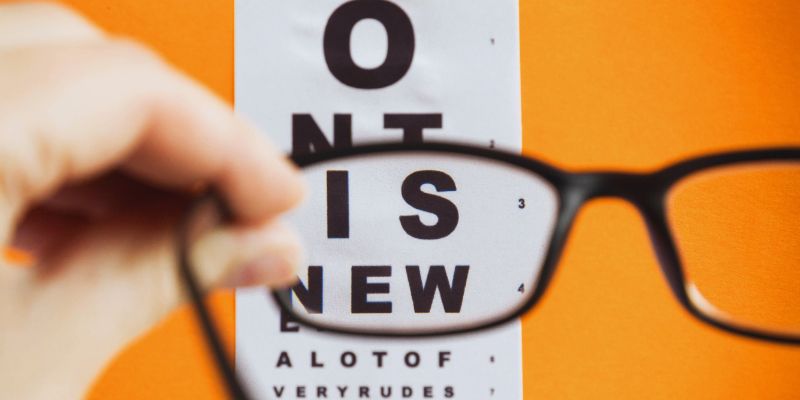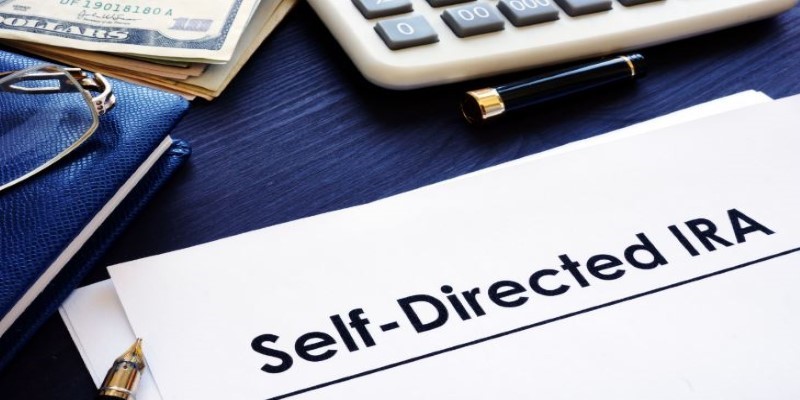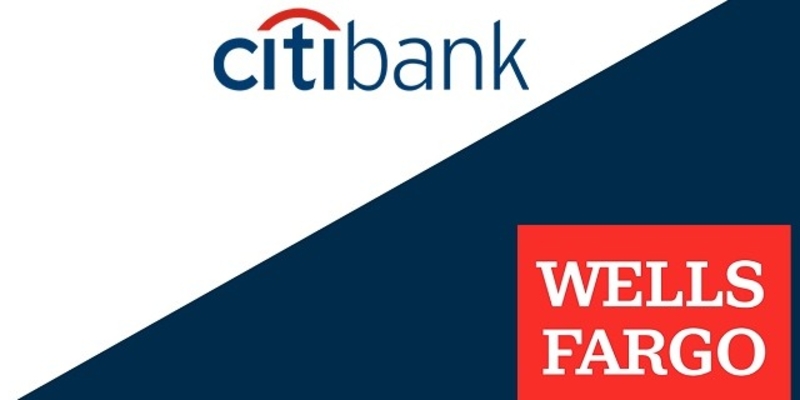Self-Directed IRA Basics: Grow Your Retirement Wealth on Your Terms
When planning for retirement, most people are familiar with traditional retirement accounts like 401(k)s and IRAs. Still, there's a less conventional option that offers greater flexibility and control—the Self-Directed IRA. Unlike standard IRAs, which are typically limited to stocks, bonds, and mutual funds, a Self-Directed IRA allows investors to diversify their portfolios with alternative assets like real estate, precious metals, and private equity.
This article will explore what a Self-Directed IRA is, its benefits, potential risks, and how you can set one up. By the end, you should have a clearer understanding of whether this type of account suits your retirement strategy.
What Is a Self-Directed IRA?
A Self-Directed IRA (SDIRA) is a retirement account that offers investors more control over their investment choices, enabling them to diversify beyond the usual stocks and bonds. An SDIRA allows you to make investments in such things as real estate, private businesses, and tax liens. Since custodians do not manage these types of plans, you are instead presented with the opportunity to pick and choose which assets you will hold. Such flexibility is attractive to those looking to invest in alternative assets that match their areas of knowledge.
For example, real estate investors will use SDIRAs to buy and sell properties in their accounts while realizing tax-deferred or tax-free growth. Although SDIRAs provide a wider investment choice, they entail responsibility, including strict adherence to the IRS and sometimes higher charges. Proper research must be conducted before settling on this investment path.
Benefits of a Self-Directed IRA
The primary appeal of a Self-Directed IRA is the control it provides. Let’s break down some of the key benefits that make it an attractive option for many investors:
Diversification of Investment Options
A Self-Directed IRA offers you the freedom to invest in non-traditional assets apart from stocks and bonds. Here, you will have the right to diversify your portfolio across real estate, precious metals, private companies, and tax liens. Having diversified investments makes you less exposed to risk in case one area goes wrong due to the strength of other sectors.
Tax Advantages

Like other IRAs, Self-Directed IRAs provide tax advantages. Traditional Self-Directed IRAs allow your investments to grow tax-deferred, meaning you won’t pay taxes on earnings until you withdraw them in retirement. Roth Self-Directed IRAs offer tax-free growth, where qualified withdrawals are not taxed at all. These tax benefits can significantly enhance the growth of your retirement savings over time.
Control Over Your Investments
Unlike a traditional IRA, where a custodian manages your investments, a Self-Directed IRA allows you to choose what to invest in. This level of control allows you to align your investments with your personal financial goals, whether that's real estate, precious metals, or other alternative assets.
Potential for Higher Returns
Investing in non-traditional assets, like real estate or private equity, can potentially lead to higher returns compared to stocks or bonds. However, these investments often require more time, effort, and research, so while the potential for high returns exists, they also carry a higher level of risk.
Risks to Consider
While there are many benefits to using a Self-Directed IRA, it’s important to recognize that there are risks involved as well. The increased control and flexibility come with responsibilities, and not all investments may work out in your favor. Here are some risks to keep in mind:
Lack of Expertise
Investing in alternative assets can be complex and requires a certain level of expertise. If you are not familiar with managing investments like real estate or private companies, you may make poor decisions that could result in losses. It’s important to conduct thorough research or consult with professionals before making significant investment choices.
Fees
While Self-Directed IRAs can offer more flexibility, they may also come with higher fees compared to traditional IRAs. Custodians typically charge setup fees, maintenance fees, and transaction fees for alternative investments. These fees can add up, reducing the overall return on your investments.
IRS Regulations
There are specific IRS rules governing Self-Directed IRAs. For example, you cannot personally benefit from the assets in your SDIRA while you are still actively working. You cannot buy property and use it as a personal residence or vacation home. Violating these rules can lead to penalties, taxes, and the disqualification of your IRA.
Liquidity Issues
Alternative investments like real estate or private equity can be illiquid, meaning they are harder to sell quickly if you need to access cash. This can pose a problem if you need to make quick withdrawals from your retirement account. Unlike stocks or bonds, which are easy to trade, it might take longer to liquidate an asset such as real estate.
Setting Up a Self-Directed IRA
If a Self-Directed IRA seems like the right fit for your retirement strategy, setting one up is relatively straightforward. Here's a step-by-step guide:
Step 1: Choose a Custodian

A Self-Directed IRA requires a specialized custodian to handle compliance and investment administration. Research different custodians, compare their fees and services, and choose one that fits your investment goals.
Step 2: Fund Your Account
After selecting a custodian, fund your Self-Directed IRA by transferring money from an existing IRA or 401(k) or making new contributions. Ensure your contributions stay within IRS-imposed annual limits.
Step 3: Choose Your Investments
Select investments like real estate, private equity, or precious metals. Be aware of IRS restrictions on prohibited transactions to avoid penalties and ensure compliance with tax regulations.
Step 4: Manage Your Investments
Actively monitor and adjust your investments while ensuring compliance with IRS rules. If needed, consult financial professionals to optimize your Self-Directed IRA strategy and minimize potential risks.
Conclusion
A Self-Directed IRA allows investors to take control of their retirement savings by expanding investment options beyond traditional assets. It offers flexibility to invest in real estate, precious metals, and other alternatives, providing diversification benefits. However, it comes with risks such as illiquidity, fees, and strict IRS regulations. Careful selection and management of investments are essential for maximizing returns. Research and professional guidance are crucial to ensuring that a Self-Directed IRA aligns with your long-term financial goals.












